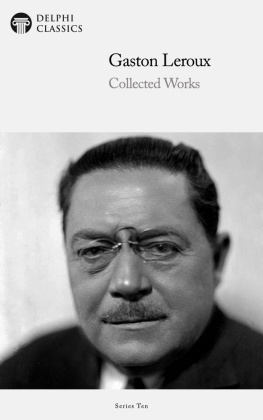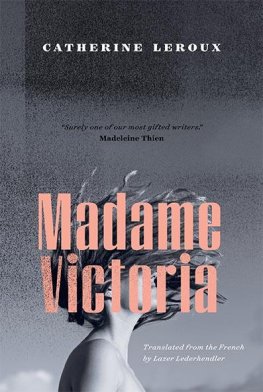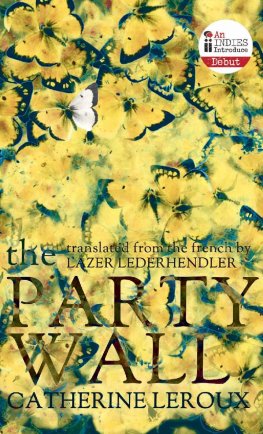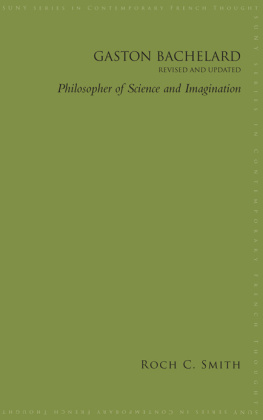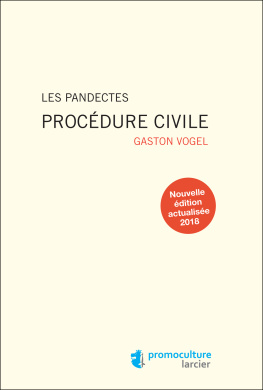
The Collected Works of
GASTON LEROUX
(1868-1927)

Contents

Delphi Classics 2020
Version 1


Browse our Main Series

Browse our Ancient Classics

Browse our Poets

Browse our Art eBooks

Browse our Classical Music series

The Collected Works of
GASTON LEROUX

By Delphi Classics, 2020
COPYRIGHT
Collected Works of Gaston Leroux

First published in the United Kingdom in 2020 by Delphi Classics.
Delphi Classics, 2020.
All rights reserved. No part of this publication may be reproduced, stored in a retrieval system, or transmitted, in any form or by any means, without the prior permission in writing of the publisher, nor be otherwise circulated in any form other than that in which it is published.
ISBN: 978 1 91348 706 5
Delphi Classics
is an imprint of
Delphi Publishing Ltd
Hastings, East Sussex
United Kingdom
Contact: sales@delphiclassics.com

www.delphiclassics.com
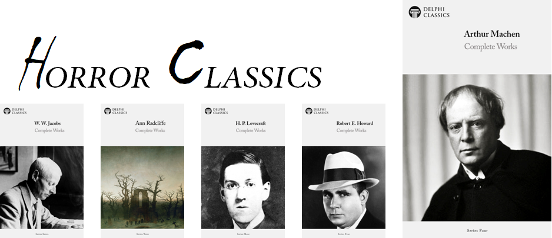
From gruesome ghost stories to psychological chillers, the classics are always the greatest stories
Explore Classic Horror at Delphi Classics

The Adventures of Rouletabille

Paris Lerouxs birthplace

Paris in 1868, the year of Lerouxs birth
The Mystery of the Yellow Room (1907)

Anonymous 1907 translation
Original French Title: Le mystre de la chambre jaune
The novel Le Mystre de la Chambre Jaune first appeared as a serial in the periodical LIllustration from September 1907 to November 1907, before its book publication in 1908. In early twentieth-century terms, Leroux had started his writing career in middle age his first novel ( La Double Vie de Thophraste Longuet The Double Life) , was completed and published in 1904 when he was 36 years old. However, he had been writing short fiction since 1887. Prior to embarking on a career as a novelist, he had been working as a journalist, an experience Leroux put to good use in developing the character of Joseph Rouletabille, the investigator in this story, who is also a reporter. Leroux chose the characters name with care Rouletabille (literally roule ta bille or Roll your marble) is French slang for Globetrotter, one who has been around the world and seen it all; it is also implied in the narrative that the young man received his nickname from his fellow journalists, who likened the shape of his head to a perfectly round billiard ball. The meaning was later expanded to that of a cool-headed, unshockable or nonchalant person. Rouletabille is presented as someone who can think through a mystery in a way that the police cannot do, thus outwitting them in the process. This is a common literary trope in detective stories, but what is unusual about Rouletabille is his youth he is revealed in the story to be a mere eighteen years old and his real name is Joseph Josephin, a convent educated boy. Lerouxs choice of nickname for the character therefore does have a strong irony to it, implying that the boy has a gift for detection not acquired through life experience. Lerouxs use of a detecting enfant terrible is at odds with his own experience as a young man, Leroux inherited great wealth and then squandered it, only choosing a career out of financial necessity. This is why he turned to journalism and became an international correspondent for Le Matin, most significantly covering the 1905 Russian Revolution.
The novelist Agatha Christie was reportedly a great admirer of the Rouletabille novels and in her teenage years she told a friend that she would like to emulate Leroux by creating her own brilliant detective character. This was some years before the birth of Hercule Poirot, her Belgian detective, but commentators have made a direct attribution to the influence of Leroux in the crafting of Poirot.
The Mystery of the Yellow Room is narrated in the first person, by Sainclair, a lawyer that witnessed the events he relates. The mystery of the yellow room and the subsequent trial, happened fifteen years before in October 1892, but Sainclair reveals that the detective who solved the case, Joseph Rouletabille, never did reveal the whole truth of it to either the court or the public: He only allowed so much of it to appear as sufficed to ensure the acquittal of an innocent man.
Young Rouletabille is sent to investigate a perplexing mystery at the Chteau du Glandier, situated on the Ile de France, accompanied by his friend Sainclair. Mlle Mathilde Stangerson, the beautiful daughter of the castles owner, Professor Joseph Stangerson, has been found badly injured in the Yellow Room adjacent to his laboratory on the castle grounds, with the door still locked from the inside. This is a matter of national interest, as Stangerson is what today might be regarded as a celebrity scientist, the man whose ground breaking research paved the way for the M and Mme Curie to work on their radiography research. The newspapers report the crime as a locked room mystery. At first the authorities fear for Mathildes life; thankfully, she recovers slowly, but she can offer no evidence that would help catch her assailant. Early clues come from Stangerson and the familys reliable old retainer, Daddy Jaques as he is affectionately known, who heard a struggle and gunshots at around midnight after Mathilde had retired to the Yellow Room. The window is securely locked and the protective bars intact, so they must break down the door to obtain entry to the room which Mathilde had locked from the inside.
Next page
